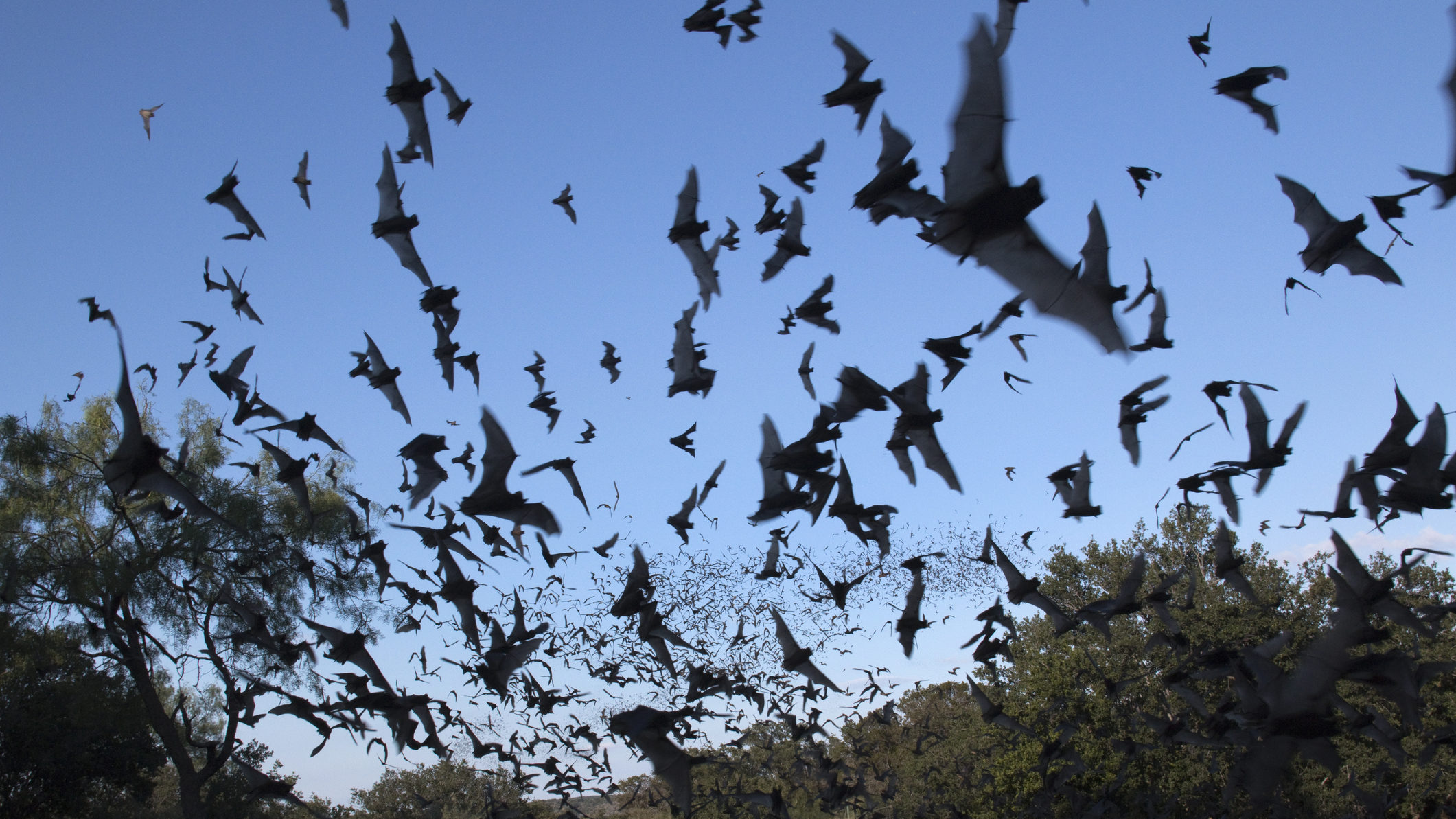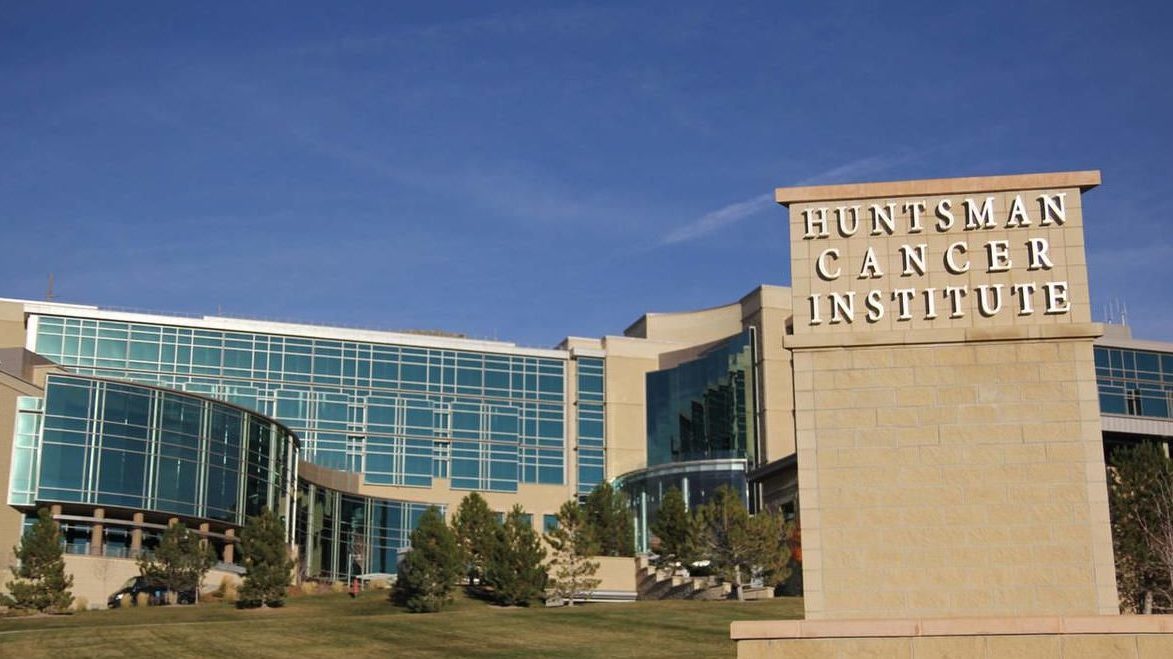Human rabies exposures from bats treated in Southern Utah
Aug 27, 2019, 6:48 PM | Updated: 7:10 pm

The National Park Service issues an advisory after a rabid bat was found. (Getty images)
(Getty images)
ST GEORGE — Recently there have been several human cases of rabies exposure from bats in Southern Utah. The Southwest Utah Public Health Department (SWUPHD) reported the exposures on Tuesday. The individuals involved have been treated with preventative vaccinations.
“Rabies vaccine is very effective when given soon enough,” says Dr. David Blodgett, SWUPHD Director and Health Officer.
“Every year we have people in our district who have to get a series of shots after actual or suspected exposure to rabid animals, mostly bats. If the disease is left untreated and [a person] starts to show symptoms, it is nearly always fatal.”
The rabies virus is spread to humans and animals through the saliva of animals that are already infected. Animals that carry the virus in the US include bats, coyotes, foxes, raccoons and skunks. Domestic animals like dogs and cats have a fewer number of confirmed cases due to vaccination programs, but infection in those populations can still occur.
The SWUPHD advised that you seek immediate medical care if you have been bitten by any animal. Further, they stress that you or somebody else capture the animal responsible for the bite if that is possible without further injury to yourself or others. This will allow the animal to be tested for rabies, and will also determine if you should receive the rabies vaccine.
Also, seek immediate medical attention if you have been exposed to an animal suspected of having rabies, even if you are unsure that you were bitten.
The best way to avoid being bitten by a potentially rabid animal is to back off. The SWUPHD also says it’s important not to touch any wild animals that let you get close. That unnatural behavior could indicate that the animal is sick, and it could become aggressive.













